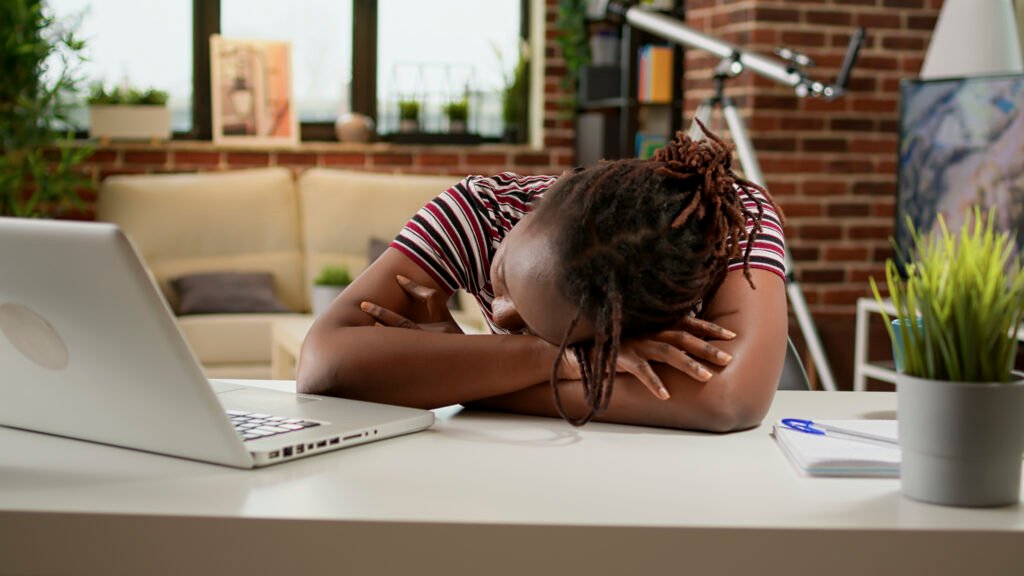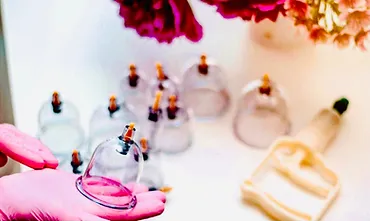No products in the cart.
What Side Effects Should We Expect After Hijama/Wet Cupping Therapy?
Every human body acts differently after Hijama/wet cupping therapy, depending upon an individual’s lifestyle and overall health.

Hijama cupping therapy is a safe and secure therapy. Generally, it does not cause any severe side effects. However, some symptoms may occur for some people. Hijama doesn’t create any life-threatening side effects. The symptoms or side effects of Hijama cupping therapy vary from person to person. It depends upon the individual’s overall health, lifestyle, food choices and what kind of skin type or blood type a person has. Let’s discuss some of them.

- Discoloration of the Skin: When a negative pressure is drawn in the cup through a suction gun, the suction pulls the skin up, and as a result, tiny blood vessels and capillaries on the upper part of the skin break. This is why the area around the cup starts changing colour. This process is called ecchymosis or discolouration of the skin. This process causes discoloration by producing chemicals known as, inflammatory mediators and by forming tiny blood clots under the skin. When the gap between the layers of the skin increases, it allows the tissues and muscles to collect more stagnated blood, toxins and dead blood cells under the top layer of the skin.
Discoloration of the skin is entirely harmless and causes no health issues. The skin comes back to its original condition in a couple of days.

- Bruises: In medical terms, ecchymosis and bruises may be used in the same context, but as cupping marks, they have different terminologies. Cupping marks can not be called bruises because bruises appear when the body experiences sudden injury or trauma. The injury or the accident may break blood vessels which results in redness. Ecchymosis with cupping marks does not cause pain, while bruises may cause pain. Ecchymosis appears in circles, caused by the suction from the cups instead the bruises may appear in any form by the pressure of injury or trauma.
- Nauseatic Feeling: Nausea is one of the most common side effects during or after Hijama cupping therapy. Some clients have nausea at the beginning of cupping therapy. If a client is nauseatic, pause for a while comfort them and offer them a glass of water. Hydration helps minimize nausea, which includes taking frequent and small sips of water. Some clients have nausea after the therapy, so advise them to relax, breathe slowly and drink water.
- Dizziness or Faint: Dizziness is a casual symptom during hijama cupping therapy, especially for first-timers. Dizziness can also be described as lightheadedness, unsteadiness, a sense of spinning or feeling faint. There could be several reasons for dizziness during or after the session of Hijama. An individual may feel dizzy or off balance when the heart doesn’t pump enough blood to the brain. Poor blood circulation can also cause dizziness. If an individual has low iron levels (anemia) or blood sugar (diabetes) drops, they can also feel dizziness during or after Hijama cupping therapy. Dehydration can also cause lightheadedness.
Hijama cupping therapy is highly recommended on an empty stomach. Sometimes an individual gets dizzy because the blood sugar levels drop due to an empty stomach.
- Sweating: When the body temperature rises or the emotional state of the body changes, sweat is released through ducks in the skin. Salt-based sweat is released from the sweat glands that regulate the body temperature. When an individual is emotionally stressed because of Hijama, sweat is released. Offer them a glass of water or comfort them by talking to them. If an individual is relaxed, they will not sweat anymore. Sweating is a normal bodily function. It doesn’t cause any medical problems.
- Itching or tingling: Itching is generally a harmless side effect that occurs after Hijama and lasts a few hours. When the cups are applied to the skin, our nerves signal to the brain that something is bothering us. As a result, blood vessels expand meanwhile, the body releases a chemical called Histamine. Our immune system makes these chemicals to protect our body from outer invaders. Histamines make your body itch or sneeze to hustle those invaders out of the body. If the skin is dry, then itching occurs. Another reason for itching is that during cupping, if the cup is too tight or has a long retention time on the skin, it becomes dark red, and blisters may appear, which make the skin itch too. Itchy skin after cupping is a very natural phenomenon. There is nothing to worry advise your clients to moisturize the itchy spot with any oil.

It is highly recommended to advise the clients not to scratch on the itchy skin after Hijama cupping therapy. Oiling is the best option that helps to prevent itching.
- Fever: Fever is a rare symptom after Hijama, but some clients have experienced it. But there is a specific reason behind having a fever after Hijama. Hijama activates the immune system cells and increases the body’s temperature for a few hours. It is highly recommended to advise the client to keep themselves warm for at least 24 hours. The body becomes weak after Hijama, which involves cutting the skin through incisions so that cold air can enter your body through those incisions and could cause a fever. It is necessary to cover yourself after the session of Hijama because the pores of the skin open after the incisions. Covering your body is essential to keep yourself warm. Cold can enter your body through open pores. With fever, clients commonly report side effects like headaches, muscle aches, chills and fatigue for at least 2 to 3 days.
- Pain in the cupped area: Almost everyone experiences temporary pain in the targeted area. The tendency of pain could vary from person to person. Some clients experience stringent pain while others may practise superficial or trivial pain for maybe 4 to 6 hours after Hijama. The pain goes away as time passes.
- Tiredness: During Hijama cupping therapy, the negative pressure enhances blood circulation, disrupts the connective tissues and loosens the tensed muscles. The suction helps to drag the stagnated blood and toxins out of the deepest tissues of our body. Most of the time, clients feel instant energy after the session, but if the body is dehydrated the client hasn’t eaten enough or too much stagnated blood comes off or maybe the body has a sensitive constitution, it results in fatigue and tiredness.


There is no need to panic, allow yourself some time to form fresh blood cells to circulate the body, clear the toxins and debris and assimilate the positive effects of the Hijama session. The side effects or symptoms of Hijama cupping therapy are trivial and nominal, but the results are always fascinating.
The primary side effect after Hijama cupping therapy could be skin infection. It is the moral duty of a hijama practitioner to use a new and clean blade for incisions. Using the reused blade could cause skin injections, the risk of hepatitis and the worst case scenario AIDS. Make sure to ask the practitioner to use a new blade.
Hijama cupping therapy is Sunna-e-Rasool and has enormous benefits. Complete the sunnah, drag the toxic blood out of your body and let your body heal itself.





Leave a Reply